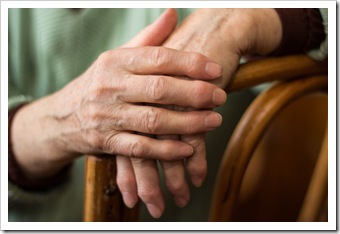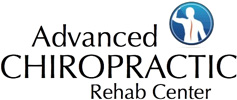
For decades, arthritis was considered an inherent part of the aging process and a signal to a patient that it’s time to slow down. However, that’s not necessarily the case anymore. Recent research has revealed that people much younger are susceptible to developing rheumatoid arthritis pain, but the good news is that the pain doesn’t have to be endured needlessly anymore.
Despite the traditional recommendation of bed rest and drug therapy, there is much more to life for arthritis patients today.
Understanding Rheumatoid Arthritis
It is often used to refer to pain in a particular part of the body, such as the neck or low back, which is caused by inflammation of the joints. According to recent studies, up to 80% of people over 50 years of age suffer from arthritis and arthritic pain.
There are several characteristics that distinguish rheumatoid arthritis from other kinds of arthritis, including pain, swelling, stiffness, and loss of function in the joints.
The symptoms of rheumatoid arthritis can include tender, swollen joints causing stiffness and a general sense of not feeling well. It can be symmetrical in nature, with both hands affected if one is. The wrists and fingers closest to the hand are typically the ones afflicted, though neck, shoulder, elbow, hip, knee, ankle and feet joints can also be involved. The condition can persist for years or could last only a few months before disappearing. In cases of mild to moderate arthritis there may be flares of worsening symptoms or remissions during which time pain lessens. However those with severe arthritis may feel pain most of the time with serious joint damage and disability potentially resulting from it.
Rheumatoid arthritis is also highly individual. Some people have mild arthritis that lasts from a few months to a few years and then goes away. Mild or moderate arthritis sufferers have periods of worsening symptoms (flares) and periods of remissions. Finally, people with severe arthritis can feel the pain most of the time. The pain could last for many years and can cause serious joint damage and disability.
Chiropractic Care for Arthritis
As spinal and musculoskeletal experts, we regularly review x-rays. Generally, when there is a misalignment or an unnoticed trauma like a car crash, sports incident, or long-term bad posture, the area of the body can be affected in the long run. Oftentimes this will lead to degeneration and swelling – arthritis being one of the body’s natural protective mechanisms.
A common treatment for rheumatoid arthritis is anti-inflammatory drugs. There are many serious side effects associated with these medications, including blurred vision, increased blood pressure, digestive ulcers and bleeding, kidney problems, dizziness, and even death.
The aim of chiropractic care is to treat the body as a whole system. This whole body approach includes exercise, nutrition, as well as function and mobility for the best and most long-term results.
We’re ready to help!
As a result of rheumatoid arthritis, rehabilitation programs are tailored to the specific needs of patients and require a long-term approach. It is essential to remember that these rehabilitation programs require patience, and that the problem has developed over a period of years, and it will not be fixed overnight. In such situations, progress is usually best achieved in the short-term, but long-term solutions usually require constant, ongoing attention.
In order to achieve the maximum benefits from a rehabilitation program, chiropractic care can be of great assistance in achieving the best results. By enabling the highest mobility of the spine and maximum function of your nervous system, chiropractic care’s strategic goal is not only to restore function but to revitalize the health of the entire body.
What makes our team unique?
In addition to masking the symptoms of inflammation, our team uses techniques and treatments that address the source of the arthritic pain directly.
Furthermore, our expert team has been specially crafted to bring together the right combination of knowledge, techniques, and support to help you and your family members. Besides reducing and eliminating pain, we will also teach future generations how to be pro-active and prevent degenerative processes such as arthritis so they can enjoy the activities they want for the rest of their lives.
For Your Health,
Dr. Geoffrey Bossio and Dr. Daniella D'Alessio
